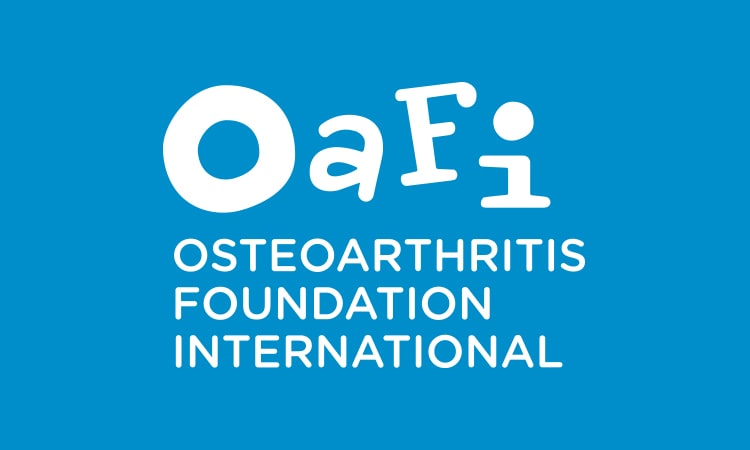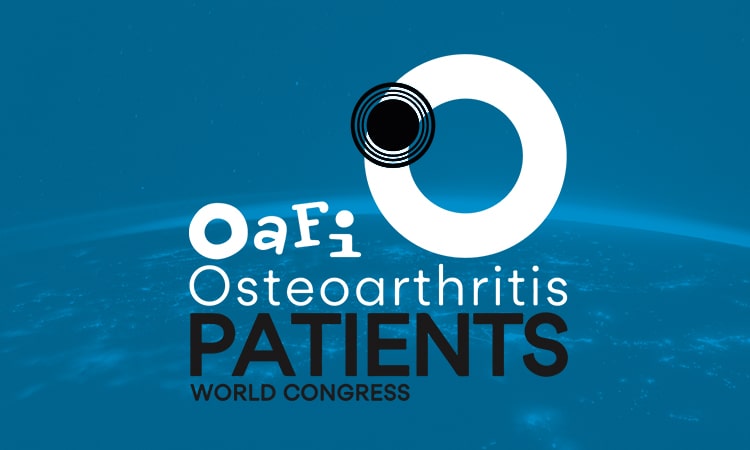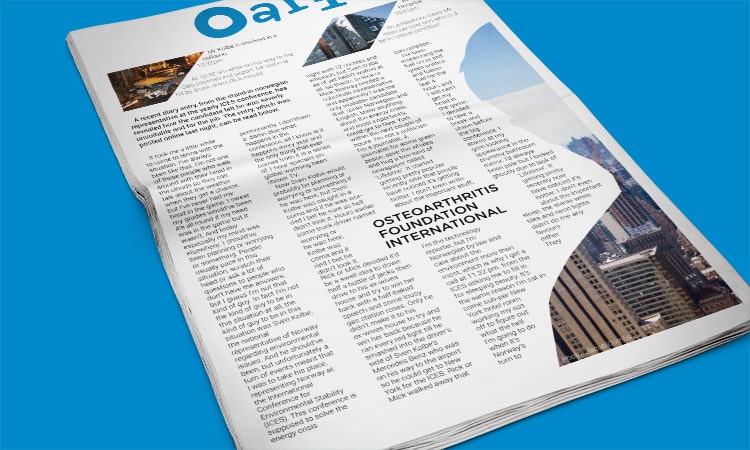- Foundation
- Actions
- Osteoarthritis
- Actuality
- OAFI Radio/TV
- Get Involved
- Contact
OAFI
Osteoarthritis International FoundationC/ Tuset, 19 · 3º 2ª
08006 Barcelona
(+34) 931 594 015
info@oafifoundation.comSchedule:
Monday-Thursday 9AM-6PM
Friday 8AM-3PM
-

-

-

Osteoarthritis and vascular risk (CVR): do they go hand in hand?

- Vascular risk, also generically called Cardiovascular Risk (CVR), is defined by the probability of suffering a disease of the circulatory system in a certain period of time.
Article courtesy of Dr. Mariano de la Figuera, Internal Medicine Specialist. Castelldefels Medical Center
What is Vascular Risk?
Vascular risk, also known generically as Cardiovascular Risk (CVR), is defined by the probability of suffering a disease of the circulatory system in a given period of time. We will not go into the definition of population risk, a subject of interest and competence of experts in epidemiology and public health. From the clinical and practical point of view, we will refer to the individual CVR, that of the person – not necessarily ill – who visits his or her physician. The diseases most frequently included in the estimation of CVR, the subject of this document, are cardiac diseases (ischemic heart disease, heart failure), cerebrovascular diseases (thrombotic and hemorrhagic stroke) and total and specifically cardiovascular mortality.
There are two methods for estimating CVR. The qualitative method considers that CVR can be low, intermediate, high or very high. The very high CVR group, for example, includes patients who have already suffered a myocardial infarction or stroke. The high CVR group includes, for example, long-standing diabetic patients. This qualitative method can be sufficient to make certain therapeutic decisions on CVR factors, such as treating more intensively and reducing, for example, cholesterol levels.
The quantitative method is the one recommended in the Clinical Practice Guidelines on cardiovascular prevention. In this case, the probability of suffering a cardiovascular event is calculated. Validated mathematical models are used to numerically indicate this probability; usually, and by consensus, it refers to the next 10 years. As an example, a risk of 10% indicates that, in the next 10 years, 10 people with the same risk factors could suffer a cardiovascular complication, in some cases fatal.
Risk Factors
What are the risk factors included in these models? In Europe, the most recommended is SCORE2 (Systematic COronary Risk Evaluation) and SCORE-OP in elderly patients, which considers the following: 1) European region. Spain is considered a region of low population CVR. 2) Gender. 3) Smoking. 4) Systolic blood pressure levels. 5) Total cholesterol figures and 6) High Density Cholesterol-HDL cholesterol figures. The RCV is calculated by means of computer applications, an example of which is given above. An estimated RCV higher than 10% is considered high. As in the previous case, the treatment of some risk factors, such as hypercholesterolemia, will have to be treated with greater intensity and with stricter control objectives.
However, there is evidence on other CVR factors that can modify, usually upwards – from 1.5 to 3 times – the calculated risk. Several examples are sedentary lifestyle, obesity, psychosocial stress, severe psychiatric diseases, poverty and, for the purpose of this brief review, chronic inflammatory diseases, such as rheumatic diseases mediated by autoimmune mechanisms (rheumatoid arthritis or systemic lupus erythematosus, among others). The mechanism probably involved in this increase in CVR is the so-called “vascular inflammation” and endothelial dysfunction present in some cardiovascular diseases and in atherosclerosis, the substrate of these pathologies.

CVR modifying factors
What is the importance and practical implications of these CVR modifying factors?
Firstly, considering that CVR increases above the aforementioned mathematical estimate, certain CVR factors such as hypercholesterolemia or arterial hypertension (AHT) should also be treated more intensively. The reduction of CVR attributable to the treatment of rheumatic diseases is a more controversial issue with little evidence.
However, it should also be considered that pharmacological treatment of rheumatic diseases can interfere with some CVR factors. One example is systemic steroids or non-steroidal anti-inflammatory drugs (NSAIDs) that can make control of HT difficult and require a higher dose of antihypertensive drugs or more complex drug combinations and interactions, for example, with NSAIDs and the dreaded triple Whammy, already mentioned in a previous published review in OAFI’s Blog.
Secondly, the benefit on CVR of treatment of patients with rheumatic diseases should be considered. Undoubtedly, aerobic physical exercise and weight loss reduce the impact of cardiovascular risk factors-especially HTN and hypercholesterolemia-and also improve the symptoms and evolution of some rheumatic diseases, such as artrosis of the lower extremities (hip, knee).
Pharmacological treatment of hypertension and hypercholesterolemia has shown important benefits in the prevention of cardiovascular complications and hospitalizations which, if they occur, can hinder the rehabilitation of patients with lower extremity osteoarthritis. On the other hand, rehabilitation benefits both diseases, so it should always be recommended.
Finally, an interesting multicenter case-control study conducted in Spain has shown that treatment with condoitin sulfate is associated with a reduction in the risk of myocardial infarction, especially in patients with an intermediate and high CVR (Mazzucchelli R et al. PLos One 2021). This is good news.
In short, osteoarthritis and cardiovascular risk, for the better, go hand in hand in many cases. In others, not so well.
Article courtesy of Dr. Mariano de la Figuera, Internal Medicine Specialist. Castelldefels Medical Center





















